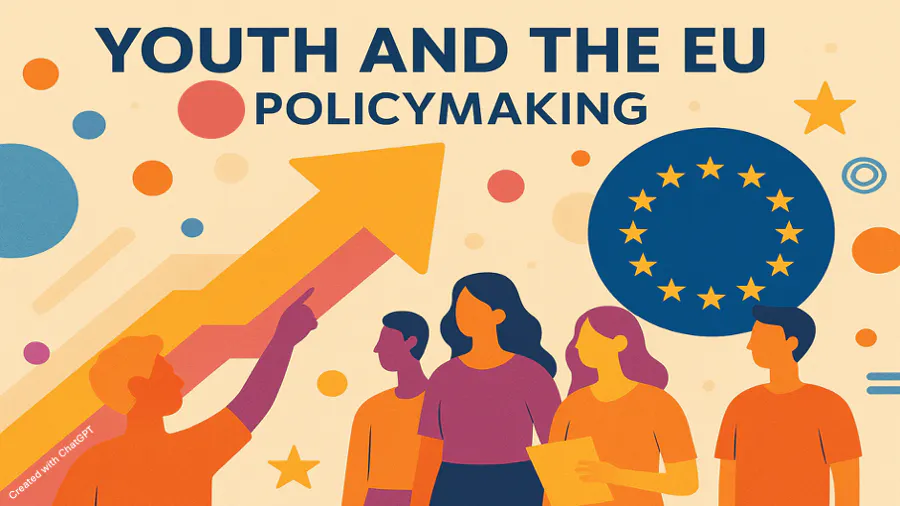Making EU policies youth-proof
July 2025

In 2025, the European Union has taken steps to strengthen the role of young people in policymaking. Through initiatives such as the Youth Check (Opens in a new window) and the EU Youth Test (Opens in a new window), as well as engagement projects like 'Your Europe, Your Say! (Opens in a new window)' (YEYS), the EU acknowledges young people as stakeholders and co-creators in shaping the future of Europe. This push for youth participation is not just a symbolic gesture. It reflects an ambition to future-proof EU governance by ensuring today's decisions are informed by the needs, insights and aspirations of tomorrow's citizens, thus future-proofing EU governance.
Why youth participation matters
Involving young people in policymaking can improve the quality, relevance and sustainability of public policies. Young people's perspectives offer fresh ideas, challenge outdated assumptions and highlight blind spots in governance. Furthermore, it fosters civic trust and democratic legitimacy by ensuring that younger generations see themselves reflected in decision-making processes. At a time of democratic decline and growing disillusionment, creating opportunities for young people is a step towards reinforcing Europe's democratic fabric.
The case for youth participation is both normative and practical. Policies that ignore the needs of young people risk being ineffective or counterproductive. The effects on youth are profound and often disproportionate, whether it is climate action, digitalisation, or housing policy.
Looking beyond the EU, pioneering initiatives have set powerful examples of forward-looking governance. In Wales, for example, the Office of the Future Generations Commissioner was established under the Well-being of Future Generations (Wales) Act 2015. The office holds public bodies accountable for long-term thinking and ensures that policies enhance the social, economic, environmental and cultural well-being of future generations. The Commissioner acts as a guardian of future generations’ interests and has the power to scrutinise and advise government bodies.
To read this post you'll need to become a member. Members help us fund our work to ensure we can stick around long-term.
See our plans (Opens in a new window)
Already a member? Log in (Opens in a new window)